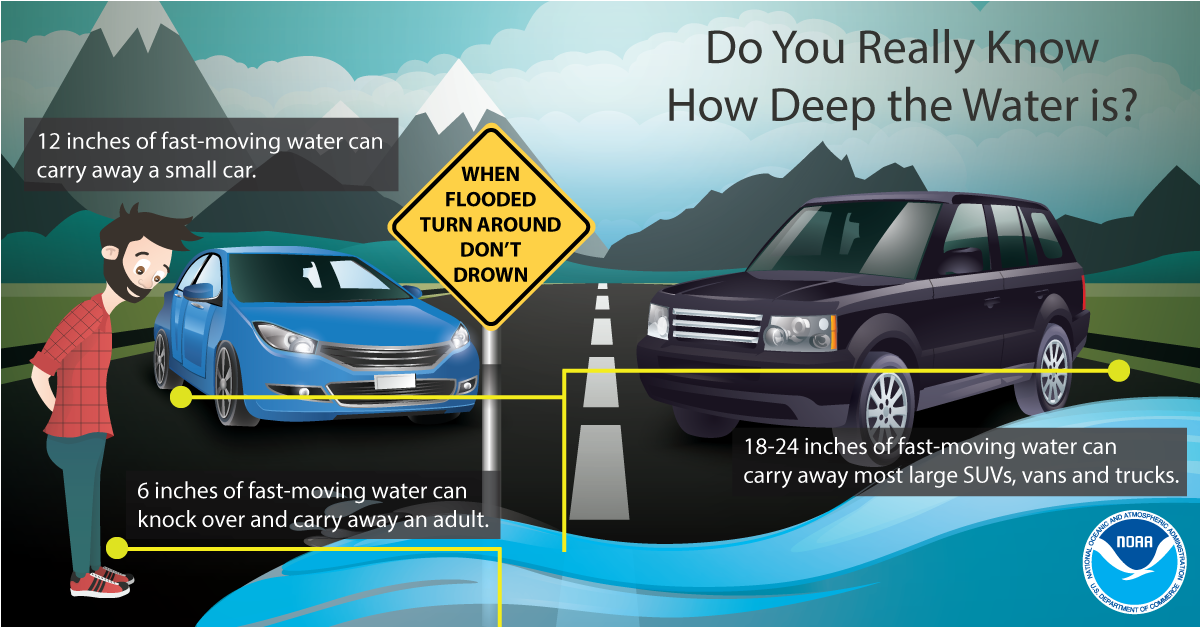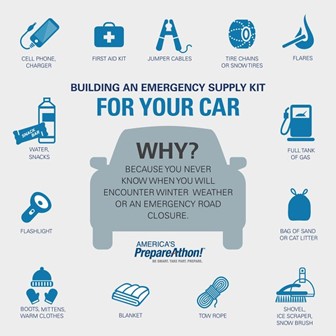 Official VOAD for Santa Clara County
Official VOAD for Santa Clara County
The winter season brings joy and reason for celebration; however, it can also bring danger. The winter months see increases in house fires due to candles, cooking, and holiday decorations, along with storms that can produce strong winds, heavy rain, and/snow. Winter storms can cause utility disruptions, flooding, landslides, and unsafe driving conditions. The cold weather that comes in the winter can lead to health problems, including hypothermia and frostbite and carbon monoxide poisoning from misuse of generators/stoves, and heart attacks from overexertion. Read below to learn how you can ensure you and your loved ones’ safety this winter.
The best way to be prepared is to stay informed. Signup to receive local alerts at AlertSCC.org and be aware of your surroundings, especially when storm or flood alerts and warnings are issued. Use the Winter Weather Resources below to stay informed.
Make an emergency plan with your household. Plan for how you will prepare for winter storms and the potential flooding, landslides, extreme cold, and power outages that may accompany them. Learn more about disaster planning at www.ready.gov/plan
Have supplies ready in the event you must evacuate or shelter in place. Think about what you’ll need to survive comfortably (i.e. food, water, clothes, important documents, hygiene items, portable chargers, flashlights, batteries, etc.). Learn more: www.ready.gov/build-a-kit

Flooding isn’t typically covered under homeowner’s insurance. Flood insurance can cover damage caused by storms, tsunamis, mudflow, and flooding, including structural damage and associated cleanup costs; but a basic policy doesn’t usually cover building contents. It typically takes up to 30 days for a policy to go into effect so the time to buy is well before a disaster. Visit floodsmart.gov or call 1-888-4FLOODS for more information.


Extreme cold can cause frostbite, injury to body tissue, and hypothermia, dangerously low body temperature. To avoid health problems related to extreme cold:
When winter temperatures plummet and home heating systems run for hours the risk of carbon monoxide (CO) poisoning increases. To avoid CO poisoning:
If you suspect CO poisoning, warn others and leave the area, opening windows and doors on your way out. Call 911 or a health care professional right away.

If you are travelling by car this winter season and are travelling to or living in an area at risk of experiencing winter storms:

Text BADWEATHER to 888777 for weather-related notifications from the Office of Supportive Housing
Water District Creek Cams
Water District Stream Gauges
Reservoir Monitors
National Weather Service Gauges
Find Free Sandbags
How to Use Sandbags
Medical Device Planning Tips for Outages
Plan ahead!
Sign up for PG&E Medical Baseline
The Silicon Valley Independent Living Center may be able to assist with power needs for medical devices. See if you qualify.
City of Santa Clara Fire Department has a medical database for city residents.
Silicon Valley Independent Living Center
PG&E Planning Tips
City of Santa Clara Medical Database
Silicon Valley Independent Living Center Main Office: 408-894-9041
PG&E Outage Health & Accessibility Support
PG&E Power Outage Map by Address
Note: When signing up for PG&E outage notices, you have to re-register every year.
PG&E Statewide Outage Map
PG&E Outage Address Lookup Map
Sign up for PG&E Outage Alerts
Silicon Valley Power Outages
Medical Baseline Registration
Silicon Valley Power Social Media
City of Palo Alto Power Outages
Power Outage Preparedness